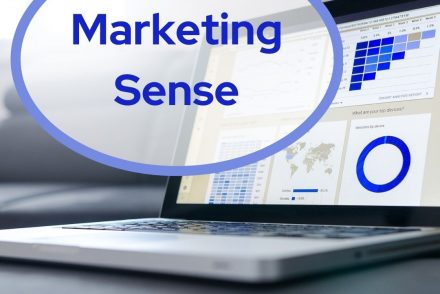
Your First Step to Expand Your Author Platform: Develop a Community Built Upon Service
Our author platform will never grow until we reach beyond our circle of family-and-friends to those in our target…
November 12, 2024
Our author platform will never grow until we reach beyond our circle of family-and-friends to those in our target…
November 12, 2024
Serving Your Audience for Free Always Opens the Door to Opportunity You’ve created a paid program. “Now all you…
September 13, 2024
Creating a content hub is the best way to organize your website’s content IF your topics coordinate with one…
July 12, 2024
In Part One we discussed how very valuable email is to our platform, and why using an email provider…
June 12, 2024
This 3-part series focuses on growing your author platform in 2024, specifically, via an online community such as a…
May 13, 2024
Your book is launching in 6 months. Reviewing your email list, you see 37 active subscribers (people who currently…
April 12, 2024
The most engaging blog posts have five elements: content, a title, subheads, images, and white space. If you haven’t…
March 12, 2024
It seemed like such a great idea. Last summer, with four Lead Magnets offered on my website’s Home page,…
February 12, 2024
Last month I shared Email #1 of my 4-part Welcome email series example. Here are the remaining 3 emails…
December 12, 2023
A Lead Magnet is a marketing tool. “Lead Magnet” is marketing speak for what is typically a 3-10 page…
September 12, 2023
Are you pleased with your website’s Home page? The way it looks, its design, and most important, its effectiveness?…
August 12, 2023
(NOTE: This doesn’t apply to multiple audiences. They rarely have sustainable, overlapping needs.) Serving multiple audience categories via email…
July 12, 2023
The age-old question, “I’ve covered everything under the sun! What else is there to write a blog post about?”…
June 12, 2023
This 3-part series focuses on growing your author platform in 2023, specifically, via an online community such as a…
May 12, 2023
This month’s edition of Reader’s Digest (Dec ’22 / Jan ’23) included a section near the back called To:…
January 12, 2023
All your proverbial ducks are in a row. It’s time to “pitch” podcasters, to let them know you’re available…
October 12, 2022
We’ve almost finished preparations for our online workshop! If you’re just joining us, you may wonder… “Why bother with…
September 12, 2022
Want to grow your audience faster? Online workshops (also called webinars) are a great option. In this series, we’re…
July 12, 2022
You’re finally ready to promote your latest book or product or course. All you need now is buyers. Woo-hoo!…
February 12, 2022
____________________________________________________________________________ It has become difficult to stand out in this competitive era, especially for small entrepreneurs, like authors. Therefore,…
February 9, 2022
Ever since the lockdown of 2020, there has been a flux of self-published authors all over social media promoting…
September 28, 2021
Online tools are providing tons of help to bloggers in every aspect. Starting from research, creativity, content creation, proofreading…
September 14, 2021
“I have never worked a day in my life without selling. If I believe in something, I sell it,…
July 13, 2021
As a book author, you must be able to market your book. It may be hard for you if…
June 22, 2021
Consider the following answer to “What do you do?“: “We’re a women empowerment company. We facilitate courses and events…
June 12, 2021